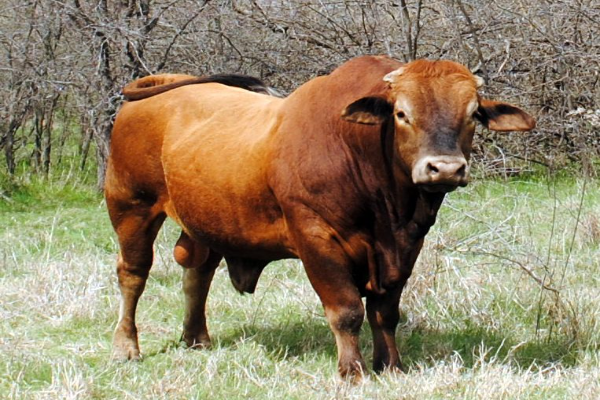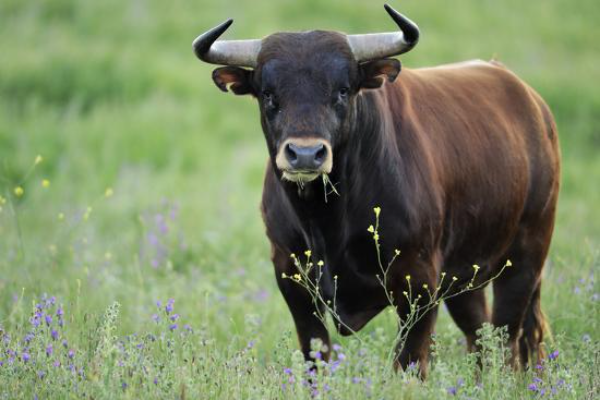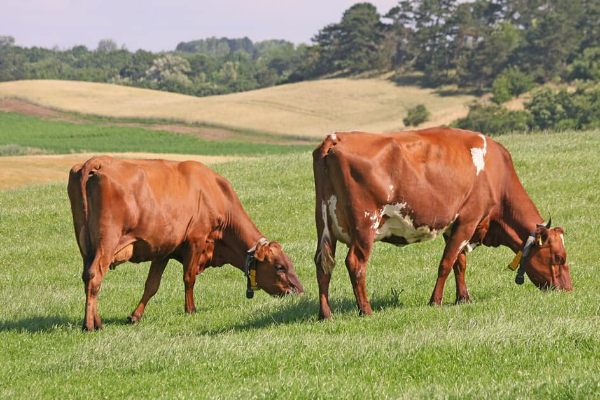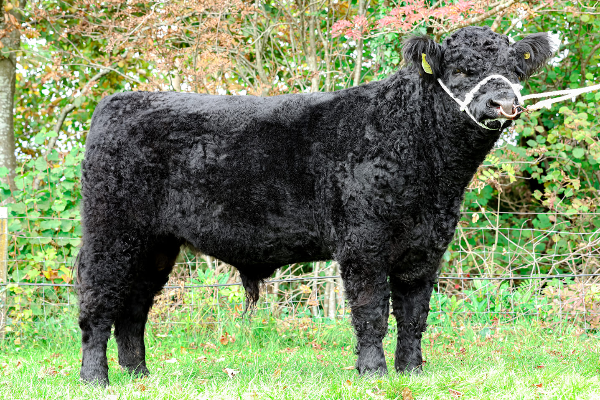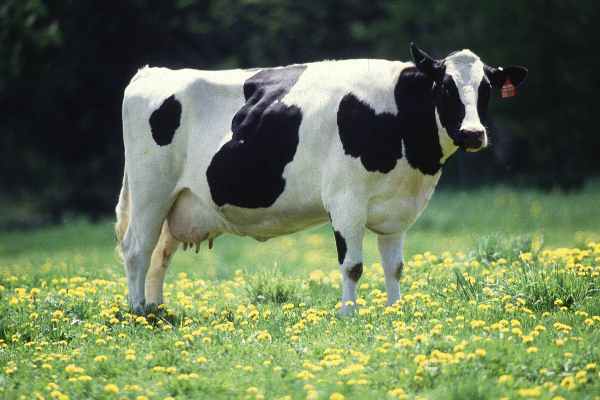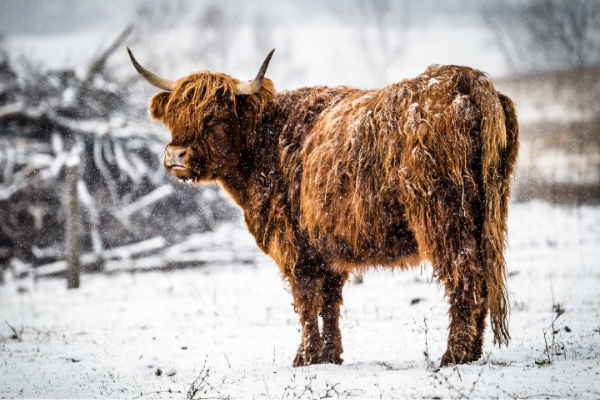Wagyu Cattle
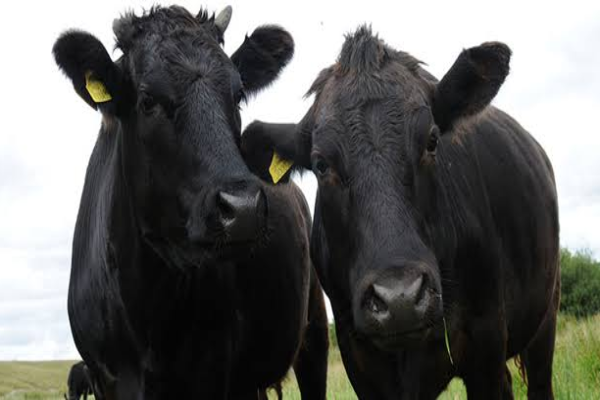
What Is the History of Wagyu Cattle?
Origionating in Japan, the term Wagyu refers to Japanese beef cattle, with ‘Wa’ meaning Japanese and ‘gyu’ meaning cattle. Named after the city where the cattle were first bred 170 years ago, Wagyu cattle produce Kobe beef.
Wagyu cattle were introduced to Japan as the power to farm rice in the 2nd century. In Japan cattle were isolated in separate areas due to rugged terrain slowing migration, meaning each area had essentially closed populations.
Despite these closed populations, Wagyu cattle are said to have originated from British and Continental breeds in the late 1800s. By 1887, a number of breeds had been in imported into Japan impacting Wagyu today. Such breeds included Holstein, Angus, Brown Swiss, Shorthorn, Devon, Simmental, Korean and Ayrshire. Although crossbreeding was popular, in 1910 crossbred cattle prices tumbled and crossbreeding was stopped. This resulted in selecting specific region-determined traits for extensive linebreeding.
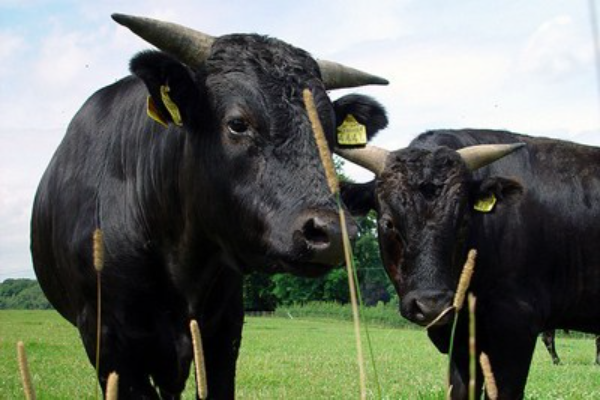
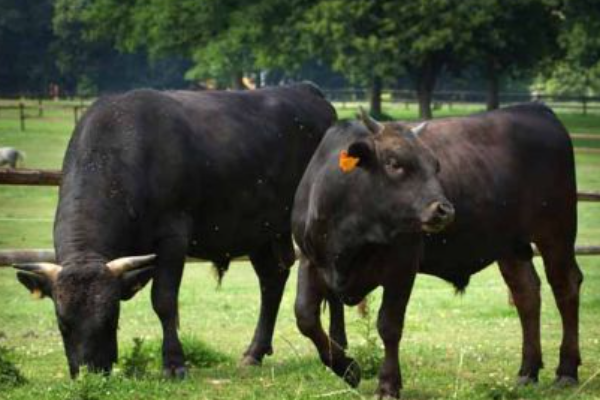
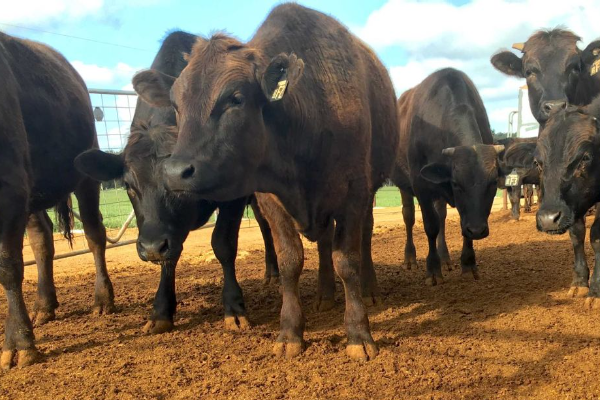
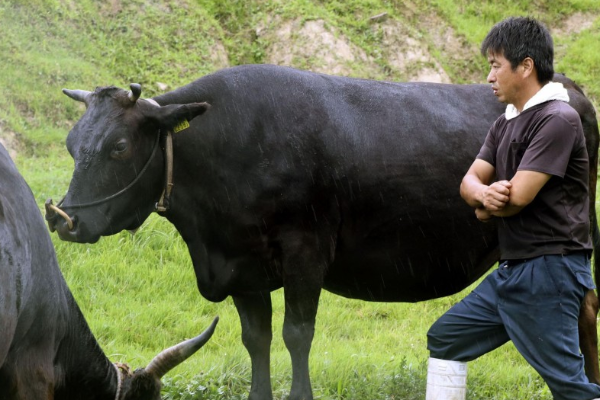
Regional isolation has lead to a variety of types of Wagyu cattle. Tottori, Yakima, Okayama and Shimane make up the dominant black Wagyu strains. From the Tajima region, the Tajima cattle were origionally bred to pull carts as they had a heavy forequarter. Although the Tajima have a slower growth rate and smaller frame, they produce high-quality meat. The Tottori, however, produce varying meat qualities, but their larger size and strong, straight backs make them better pack animals in the grain industry.
Another main type of Wagyu cattle are red in colour and originate from the Island of Kyushu. Similarly to the black Waygu, there are two strains, Kumamoto and Kochi. The Kumamoto are believed to have been strongly influenced by Simmental breeding, while Kochi cattle were influenced by Korean breeds.
In 1976 two Tottori Black Wagyu and two Kumamoto Red Wagyu bulls were first imported into the US. The next importation into the US wasn’t until 1993 when three female and two male Tajima cattle were imported and then again in 1994 when 35 both red and black wagyu were imported.
What Are the Characteristics of Wagyu Cattle?
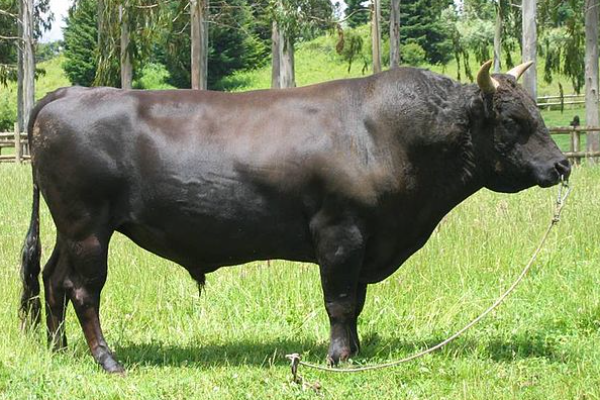
As mentioned, Wagyu cattle’s coat is either red or black in colour. They have horns which are white with black tips and curve slightly forward.
Wagyu cattle can be grown in a specialised way, giving rise to Kobe beef and it’s associated marbled, tender qualities. When crossbred, Wagyu improve the quality of the beef.
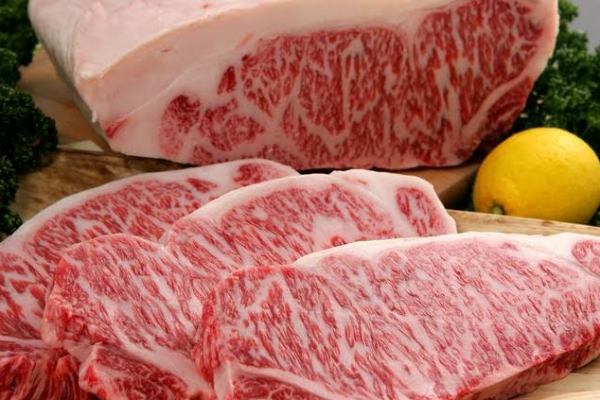
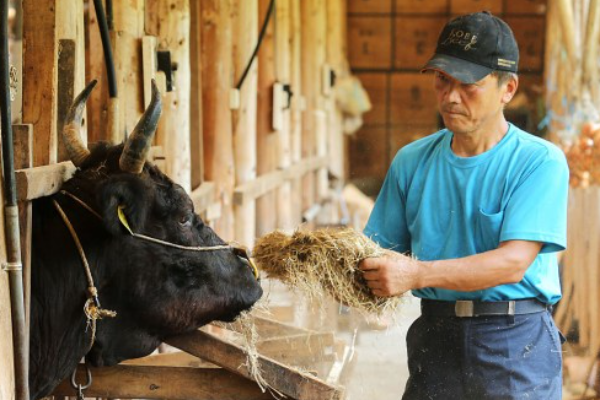
Not only are Wagyu cattle docile in temperament, they are also healthy cattle with an ability to live in a range of climates.
Female Wagyu cows can start breeding from shy of 12 months and are very fertile. Bulls can service 50% more females than that other cattle breeds. Further, Wagyu’s low birth weight (30-40kgs) gives rise to easy calving. All in all, Wagyu cattle are easy to breed.
How Much Do Wagyu Cattle Weigh?
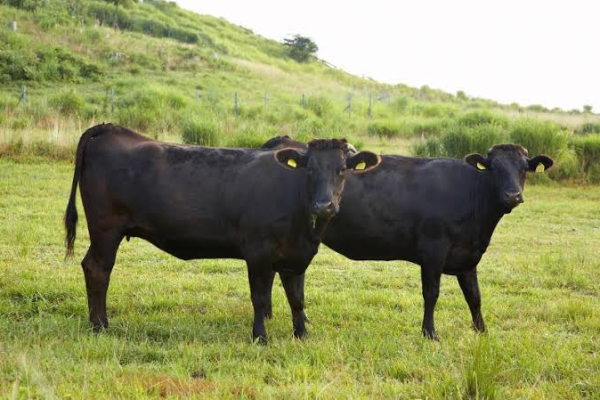
Mature Wagyu bulls weight up to 950kg, averaging at 750kg. Female Wagyu, however, average at 550kg, but can weight up to 700kg.
References:
- www.thecattlesite.com
- afs.okstate.edu
- www.livestockoftheworld.com
- www.farmstyle.com.au

Written by
Zoe BASSETT
Farmow English WriterBreedsMore
IllnessesMore
Forage cropsMore
![]() Патологическая физиология голодания Arina TARAN
Патологическая физиология голодания Arina TARAN![]() Дефицит фосфора (гипофосфатемия) Hipofosfatemi Arina TARAN
Дефицит фосфора (гипофосфатемия) Hipofosfatemi Arina TARAN![]() Какие бывают кормораздатчики для ферм КРС? Irina Makarova
Какие бывают кормораздатчики для ферм КРС? Irina Makarova![]() Кормушки для овец Diana Myakisheva
Кормушки для овец Diana Myakisheva![]() Питание домашних коз: что едят, виды корма и правила кормления Alina Arslantürk
Питание домашних коз: что едят, виды корма и правила кормления Alina Arslantürk![]() Важность минералов питании сельскохозяйственных животных Irina Makarova
Важность минералов питании сельскохозяйственных животных Irina Makarova

